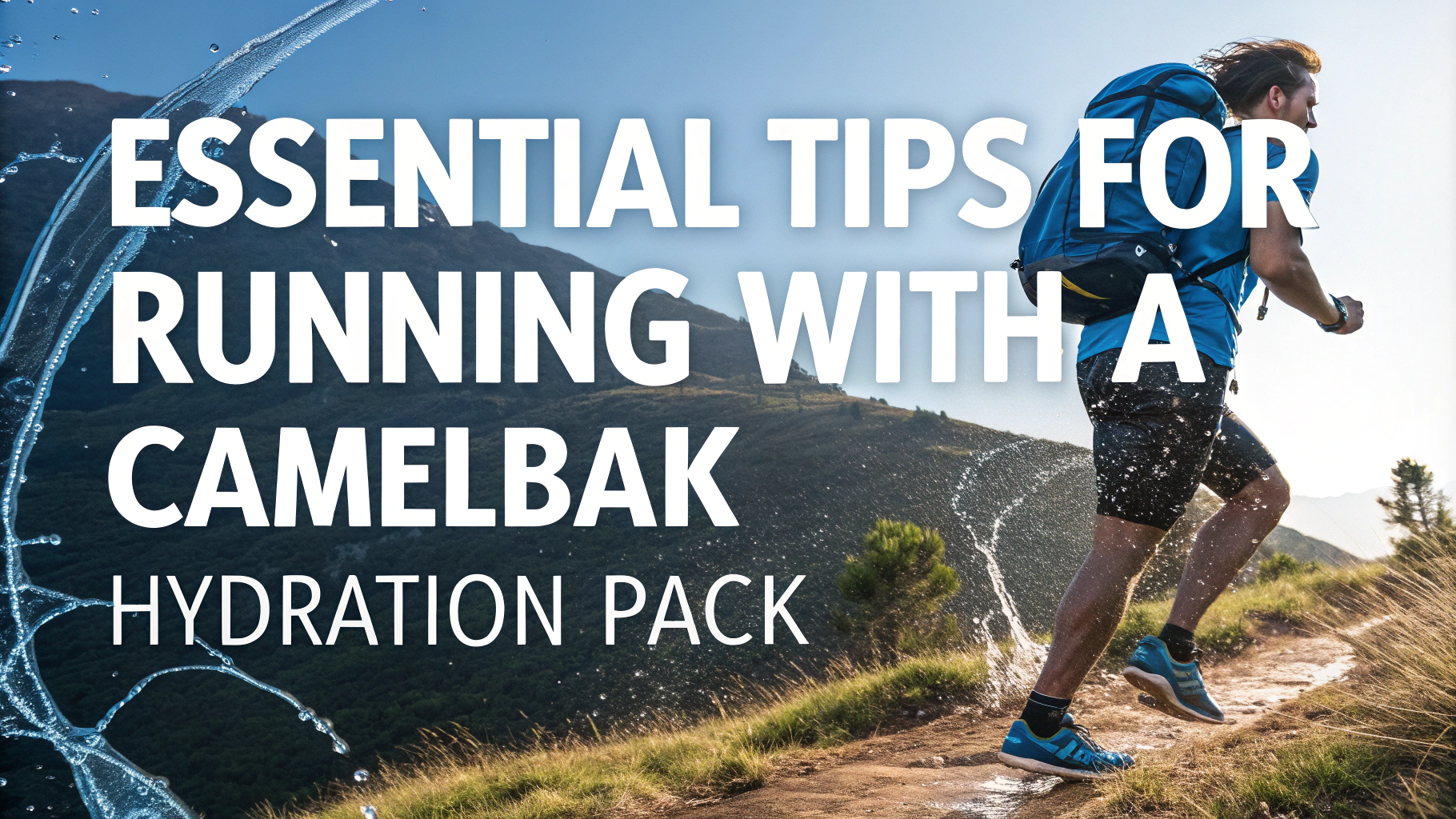Getting outside for a run can be amazing, but safety should always come first.
Essential Safety Gear
- Reflective Clothing – Wear bright colors during day runs and reflective gear at night
- ID and Emergency Info – Carry identification and emergency contact details
- Phone – Keep a charged phone for emergencies
- Road ID or Medical Alert Bracelet – Especially important for runners with medical conditions
Route Planning
Always share your running route and expected return time with someone you trust.
Choose well-lit, populated areas for your runs when possible.
- Use running apps like Strava or Garmin Connect to track your route
- Vary your routine to avoid becoming predictable to potential threats
- Scout new routes during daylight hours first
Traffic Safety
- Run against traffic to see oncoming vehicles
- Make eye contact with drivers at intersections
- Remove headphones or keep volume low enough to hear surroundings
- Use crosswalks and obey traffic signals
Environmental Safety Tips
| Weather Condition | Safety Measure |
|---|---|
| Heat | Run early morning or evening, stay hydrated, wear light clothing |
| Cold | Layer properly, protect extremities, watch for ice |
| Lightning | Stay indoors, wait 30 minutes after last thunder |
Personal Security
- Run with a partner when possible
- Carry a personal alarm or safety whistle
- Trust your instincts – if something feels wrong, change routes
- Take a self-defense class (Find local courses)
Emergency Response
Program emergency numbers into your phone’s speed dial.
- Emergency: 911 (US)
- Non-emergency police
- Trusted family member or friend
Health Safety
- Get medical clearance before starting a running program
- Stay hydrated – drink water before, during (for long runs), and after
- Know the signs of heat exhaustion and hypothermia
- Build mileage gradually to prevent injury
Remember to check your gear regularly and replace worn-out shoes every 400-500 miles.
Additional Resources
Training Safety
- Follow proper warm-up and cool-down routines
- Listen to your body and rest when needed
- Cross-train to prevent overuse injuries
- Keep a training log to monitor progress and potential issues
Group Running
- Join local running clubs for safer group runs
- Maintain proper spacing between runners
- Communicate hazards to fellow runners
- Learn group running etiquette and signals
Night Running
- Wear multiple reflective items
- Use front and back lights
- Choose familiar routes
- Run in well-lit areas
Trail Running Safety
Essential Gear
- Trail-specific running shoes
- Navigation tools (map, compass, or GPS)
- First aid kit
- Emergency shelter
Trail Etiquette
- Stay on marked trails
- Yield to other trail users
- Leave no trace
- Tell someone your exact route
Conclusion
Running safety requires vigilance, preparation, and common sense. By following these guidelines and staying aware of your surroundings, you can enjoy safer and more confident runs. Remember that safety practices should become habits – they’re just as important as proper running form and training consistency.
Stay safe, be visible, and run smart!
FAQs
- What are the essential safety measures for running at night?
Wear reflective gear, use LED lights, run against traffic, stick to well-lit areas, carry identification, and let someone know your route and expected return time. - How do I stay safe while running in extreme heat?
Run during cooler hours, stay hydrated, wear moisture-wicking light-colored clothing, reduce intensity, take frequent breaks, and watch for signs of heat exhaustion. - What safety gear should every runner have?
Properly fitted running shoes, reflective clothing, ID or medical alert tags, weather-appropriate attire, and a charged phone for emergencies. - How can runners protect themselves from traffic?
Run facing traffic, make eye contact with drivers, avoid headphones, use crosswalks, wear bright colors, and stay alert at intersections. - What’s the safest way to handle dog encounters while running?
Stop running, avoid eye contact, stay calm, don’t turn your back, and slowly back away. If attacked, protect your face and throat. - How do I prevent running injuries?
Warm up properly, increase mileage gradually (10% rule), wear appropriate footwear, maintain good form, cross-train, and listen to your body’s signals. - What safety precautions should I take when trail running?
Run with a partner, carry a map, stay on marked trails, bring water and basic first aid, tell someone your plans, and watch for obstacles and wildlife. - How do I safely run in winter conditions?
Wear layers, use trail shoes or ice spikes, shorten your stride, stay visible, avoid ice patches, and protect extremities from frostbite. - What should I do if I feel unsafe during a run?
Trust your instincts, change your route, move to populated areas, call for help, carry a personal alarm, and be prepared to defend yourself if necessary. - How often should I replace my running shoes for safety?
Replace shoes every 400-500 miles or when showing signs of wear, such as compressed cushioning, worn treads, or visible damage to prevent injury.










